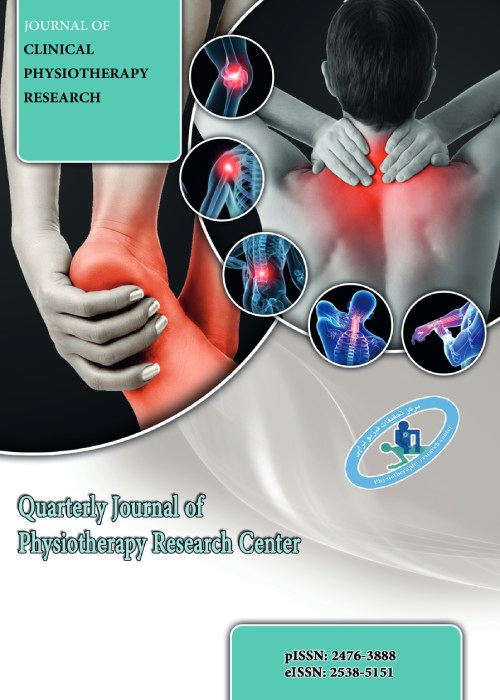Comparison of electrical activities of lower limb’s muscles during landing on Different surfaces in elite volleyball players
Jumping and landing is a fundamental and very important component in the implementation of defense techniques on the net, jumping service and spike. The skill of defending on the net, spike (strength or speed) is one of the most important predictors of success during volleyball matches, and also the level of rigidity will affect the injuries because a change in the amount of this parameter will increase the applied forces.
The present study is quasi-experimental, causal-comparative model and applied. The statistical population was 14 volleyball players aged 18 to 20 years. The electrical activity of the muscles was recorded by an 8-channel biod electromyography device based on the SENIAM protocol on 4 selected lower limb muscles.
From the mean and standard deviation for data description, Shapirovilk for evaluating the normality of data distribution, inferential statistics for the effect of surface type on research variables from analysis of variance test with repeated measures and for differences from Bonferren post hoc test was used.
There is no significant difference between peak muscle activity in external extensor muscles and biceps when jumping and landing on tatami, grass and sand (p≤0.05), but in anterior and twin buttock muscle function between Significant differences were observed at different levels (p = 0.00). Based on the results of Bonferroni post hoc test, in the function of the anterior buttock muscle, only a significant difference in muscle function was seen between the tatami and grass surfaces (p≥0.05). Similarly, in twin muscle, there was a significant difference between tatami and sand levels (p = 0.00), tatami and grass (p = 0.00) (Table 2). Also, there was no significant difference between the co-contractile function in the knee joint (p≤0.05), although the mean percentage of co-contraction on the grass was the highest average and on the sand was the lowest average. There was no significant difference in the ankle joint (p≤0.05), similarly, the lowest mean was related to the contraction of the ankle joint on the sand, but the highest mean was seen when jumping on the tatami.
- حق عضویت دریافتی صرف حمایت از نشریات عضو و نگهداری، تکمیل و توسعه مگیران میشود.
- پرداخت حق اشتراک و دانلود مقالات اجازه بازنشر آن در سایر رسانههای چاپی و دیجیتال را به کاربر نمیدهد.


